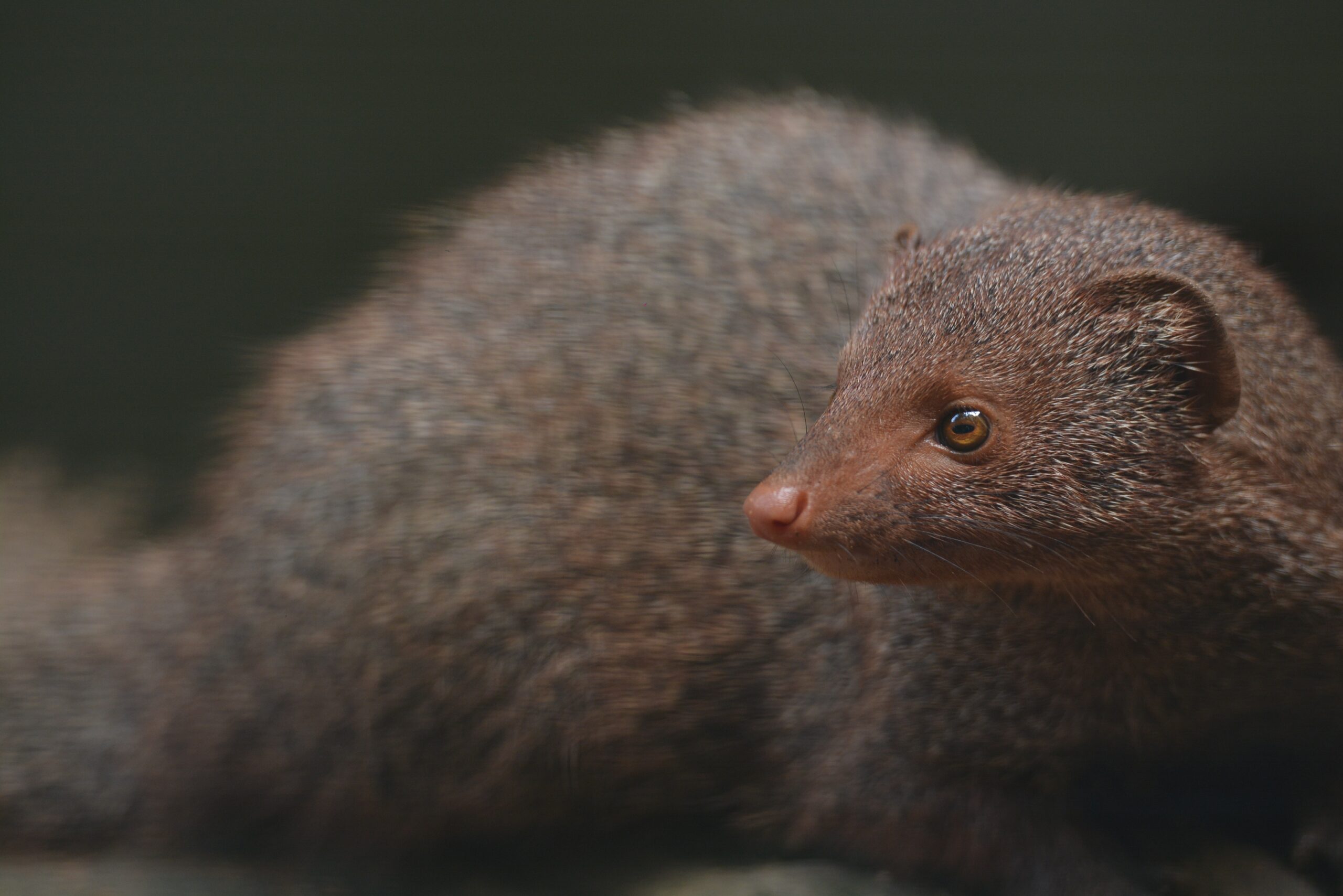Trinidad and Tobago is home to a diverse range of vertebrates, including:
- Fish – There are over 500 species of fish found in the waters around Trinidad and Tobago, including groupers, snappers, and barracudas.
- Amphibians – Trinidad and Tobago is home to over 30 species of frogs and toads, including the common tink frog and the Trinidad stream frog.
- Reptiles – There are over 90 species of reptiles found in Trinidad and Tobago, including iguanas, snakes, and turtles. Some of the most iconic species include the green iguana, the bushmaster snake, and the leatherback turtle.
- Birds – Trinidad and Tobago is known for its rich birdlife, with over 470 species of birds recorded on the islands. This includes the national bird of Trinidad and Tobago, the scarlet ibis, as well as species such as hummingbirds, parrots, and the Trinidad piping-guan.
- Mammals – There are over 100 species of mammals found in Trinidad and Tobago, including bats, monkeys, dogs, cats and rodents. Some of the most commonly encountered mammals include the common opossum, the red brocket deer, and the white-tailed sabrewing bat.
- Primates – There are four species of primates found in Trinidad and Tobago, including the endangered Trinidad golden tree frog, the red howler monkey, and the white-fronted capuchin monkey.
- Marsupials – There is one species of marsupial found in Trinidad and Tobago, the common opossum.
Pest control methods for amphibians, reptiles, birds, mammals, primates, rodents, and marsupials would depend on the specific species and the extent of the infestation. Some common methods that may be used include:
- Trapping and relocation – we aim to use humane traps to capture pests such as rodents, marsupials, and some mammals. The captured animals are then relocated to a safe area away from the property.
- Exclusion – we may use exclusion methods such as sealing entry points to prevent pests from entering the property. This method is commonly used for birds and small mammals.
- Habitat modification – we may use habitat modification methods to discourage pests from entering an area. This may include removing food sources or changing the landscaping to make the area less attractive to pests.
- Repellents – we may use repellents to discourage pests from entering the area. This may include the use of sound or scent repellents.
- Lethal methods – In some cases, lethal methods such as poisons or traps may be used to control pest populations. However, these methods are only used as a last resort and are done in a manner that minimizes harm to the animals and adheres to local laws and regulations.
We believe it is important to use safe and humane methods for controlling pest populations. This not only minimizes harm to the animals but also helps to preserve the local ecosystem.
